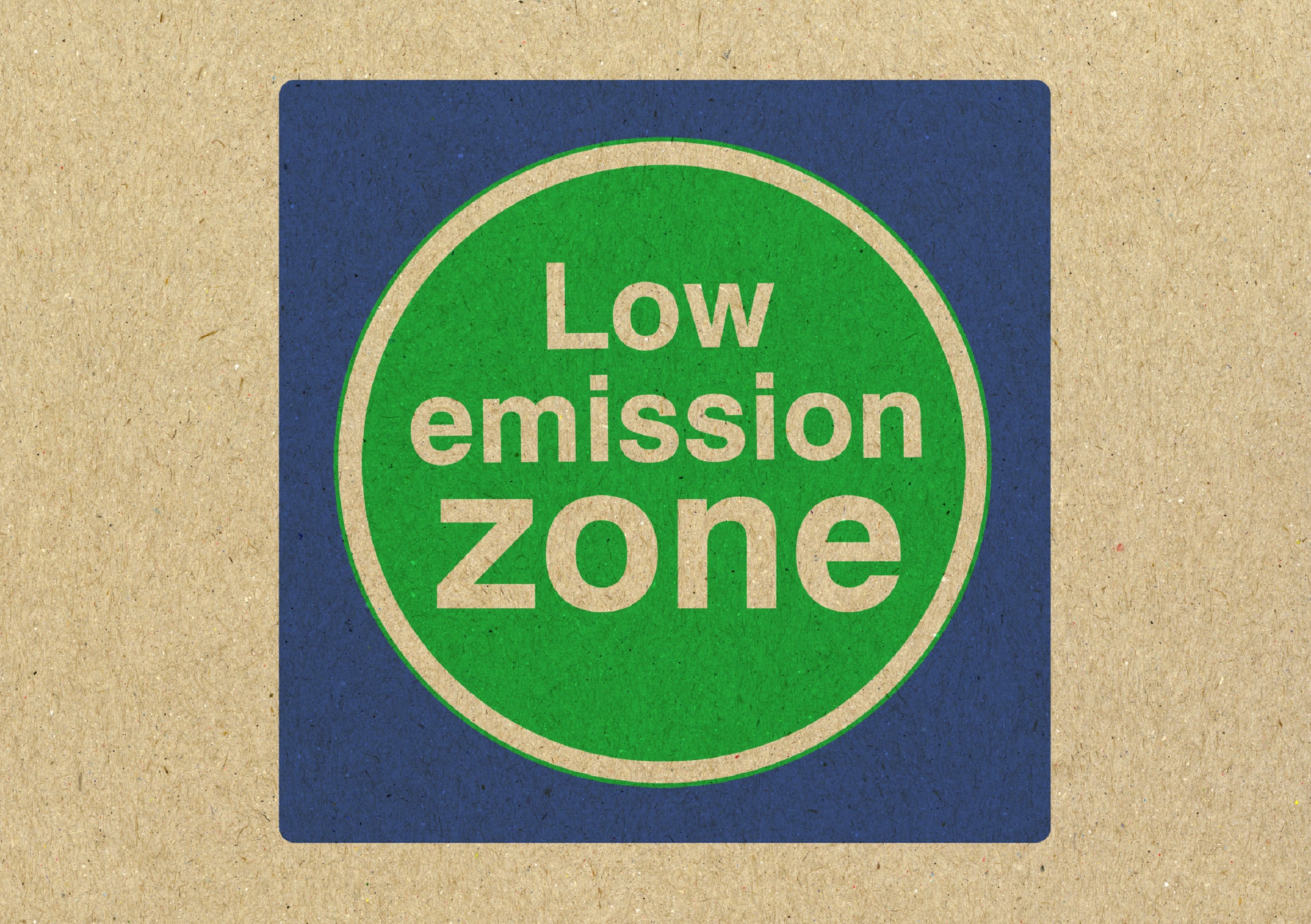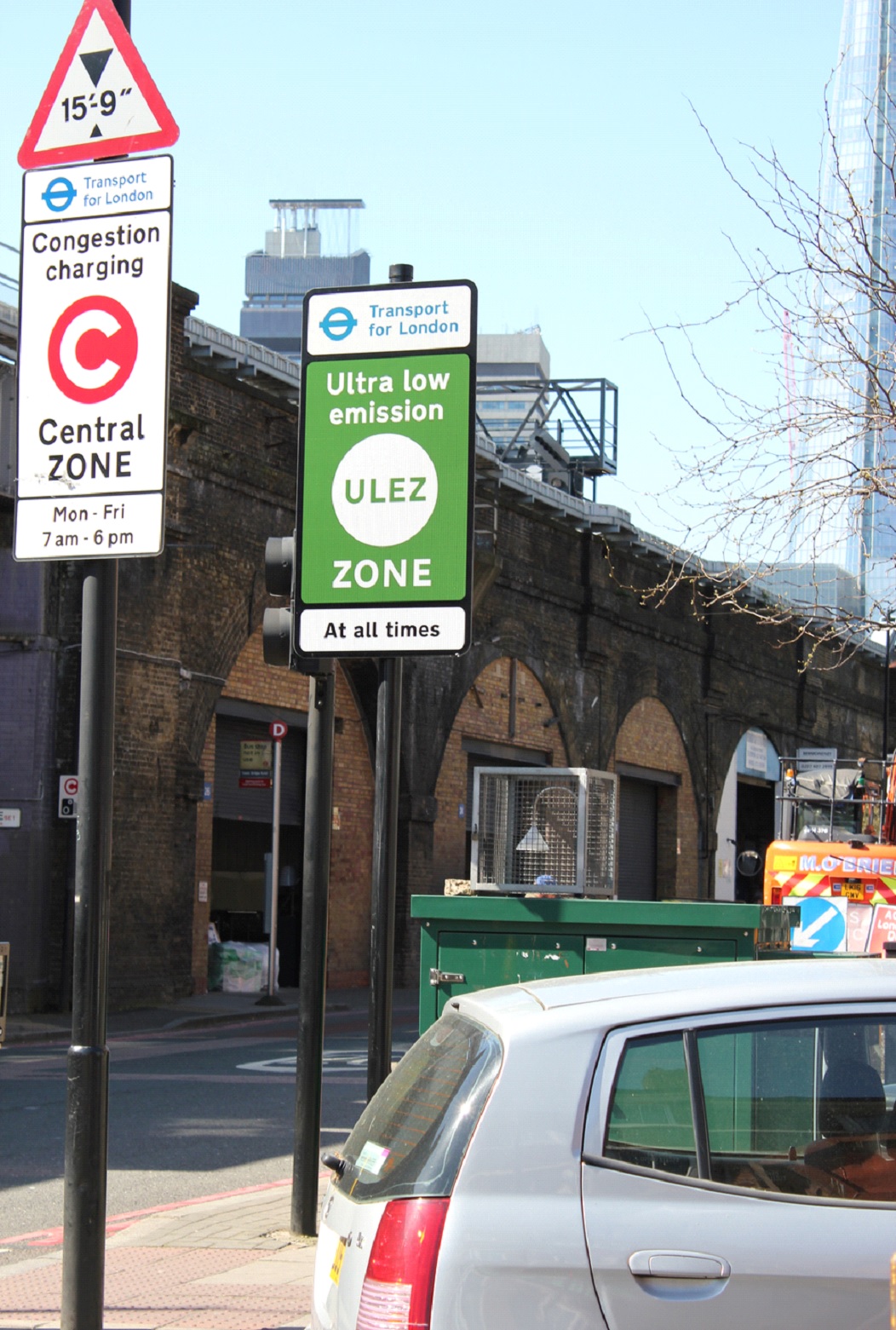
With air quality becoming increasingly poorer on a global scale, measures are being implemented to control the amount of polluting vehicles that are entering certain locations. Low Emission Zones (LEZs) have been devised in several cities across Europe, including Paris and Amsterdam, although the one currently operating in London is the most comprehensive.
LEZs are schemes that revolve around certain areas and discourage various types of vehicles from entering the zone in an effort to decrease the amount of pollution. These zones are typically found in busy cities where air quality is lower than what is considered acceptable. The scheme works by charging vehicles that fail to meet the LEZ emissions standards.
The vehicles that cause the most pollution typically consist of heavier modes of transport, such as vans, minibuses and specialist diesel vehicles. LEZs don’t forbid these types of higher-emission vehicles from accessing the areas, however daily charges are enforced. If these charges aren’t paid, increased financial penalties can be actioned.
Do I have to pay for the low emission zone?
In the UK, London is the only city that operates in regards to fixed charges and penalties. Other LEZs, found in Brighton, Norwich, Glasgow, Leeds and Birmingham, only affect local buses. This means that members of the public currently do not have to pay to enter these zones.
It all depends on what type of vehicle you drive and where you intend to go. If the answer is London, you can check if your vehicle will be affected by the LEZ and, if applicable, how much you will need to pay by visiting the Transport for London (TFL) website.
The following table gives an indication of what it would cost to enter the London LEZ:
| Vehicle | Weight | Daily Charge |
| Lager vans, motorised horseboxes, 4×4 utility vehicles, pick-up trucks |
1.205 tonnes unladen or more | £100 |
| Motor caravans, ambulances | 2.5 – 3.5 tonnes gross vehicle weight | £100 |
| Mini-buses (eight seats or more) | 5 tonnes or less gross vehicle weight | £100 |
| Lorries, motor caravans, snow ploughs, gritters, goods vehicles, fire engines, breakdown vehicles |
More than 3.5 tonnes gross vehicle weight | £200 |
| Buses and coaches (eight seats or more) | More than 5 tonnes gross vehicle weight | £200 |
Keep an eye out for any LEZ road or pavement signage that are marked clearly upon entry points to the zones. There are also signs before the zone which offer alternative routes and diversions for those who would prefer to avoid entering the zones. Apart from this signage, there are no barriers or toll booths to indicate that you’ll be entering a zone. Instead, the London LEZ is enforced by Automatic Number Plate Recognition cameras.

Currently, only larger vehicles are affected by this zone (see above graph). The London LEZ operates every day of the year, including public holidays, and applies for 24 hours a day. Daily charges need to be paid by midnight on the next working day after entering the zone. Vehicles parked in the zone are subject to the daily charges even if they are not driving.
What is the ultra low emission zone?
The mayor of London introduced the Ultra Low Emission Zone (ULEZ) in 2019 in central London to further reduce the impact of pollution and improve air quality. The scheme follows the same procedure as a LEZ, however, the majority of vehicles driving in an ultra zone must meet stricter emission standards.
An ULEZ applies not only to large and heavy diesel-based vehicles but to most cars, motorbikes, vans, lorries, buses, as well as other types of transport. Even if you have an eco-friendly vehicle, it’s best to check whether you’d face any charge. These vehicles will all now have to meet new tightly controlled emission standards or be faced with the ULEZ daily charge.
The government is enforcing tighter regulations to ensure that the most polluted areas in the city will begin to improve. The aim is to have several clean air zones.
Where is the ultra low emission zone?
The Ultra Low Emission Zone covers central London and operates every day, 24 hours a day, excluding Christmas Day.
The scheme was implemented as a result of Londoners losing their lives each year due to continuous exposure to harmful pollution in the air. It’s a public health crisis as London exceeds legal levels of air quality and people living in the city are exposed to dangerous emissions daily.
You can check if this applies to your vehicle using the Transport for London website. New charges that apply include the following:
- £12.50 for most vehicle types. This includes cars, motorcycles and vans up to 3.5 tonnes.
- £100 for heavier vehicles, such as lorries over 3.5 tonnes and coaches/buses over 5 tonnes.
Note that some vehicles qualify for discounts or exceptions from these zones, which can again be checked via TFL.
